Gold Coast smiles provides dental implants to patients in Glen Cove, NY. Contact us at 516-676-0250 to learn more or schedule an appointment.
The Most Versatile & Long Lasting Approach for Tooth Replacement & Denture Support
Implants have quickly become the gold standard for tooth replacement due to their versatility, high level of predictability and long term success rates. Dental implants are made of titanium, one of the most biocompatible materials on the market. The implant is designed to function as the root of the tooth, meaning it is placed entirely in the jaw bone mimicking the natural root of the tooth that was previously there. Once placed in the jaw bone, the bone around the implant will eventually grow and “osseointegrate” around the implants creating a long term bonding effect that contributes to their stability and long term success. Once the healing process has taken place and osseointegration has completed, the implant will then be ready to be used. The top portion of the implant can be a single tooth, a part of a bridge helping to replace multiple missing teeth or a component specifically designed to anchor into your denture allowing for more stability and an improved fit.
If you’ve never been an implant patient before, the concept and process can be complex and confusing for some. If you’d like to know more about what you can expect from your upcoming dental implant procedure, and how the process is individually tailored for each of our patients, this page will serve as a guide as to how implants are completed at Gold Coast Smiles.
Implant Supported Dentures
Implants are considered the Gold Standard for replacement of teeth for a variety of great reasons
- Multiple implants can be placed strategically to support bridges to maximize the number of teeth being replaced with a smaller number of implants (if 6 teeth are missing, only 3 or 4 implants may be needed).
- When a patient is missing an entire arch of teeth and does not have the proper bone volume for a conventional implant restoration, 4-6 implants may be placed to create what we call a “hybrid” restoration that will not only replace the missing teeth but also replace the missing bone volume. And the restoration has the ability to stay in place permanently.
- Patients with complete dentures can benefit greatly from implants if they choose not to or cannot upgrade to a more permanent/fixed solution. Special components called “locators” can be placed ontop of implants instead of crowns and bridges. These locators allow the denture to literally snap into place and fasten into the implants providing major improvement in the stability of the denture as well as comfort, chewing forces and phonetics. Research has shown that a set of complete dentures can only provide up to 25% of the chewing force as compared to a mouth with healthy teeth. By placing just two implants on the lower arch we can improve the patient’s chewing ability by about 60%. With every additional implant placed, the chewing force increases and the restoration becomes smaller, more comfortable and more permanent.
- Implants also give us the ability to change and update them over time if necessary to account for changes that have occurred elsewhere in your mouth. If originally placed to replace a missing tooth, the crown on that implant can be removed and swapped out in order to utilize that same implant to now support a bridge if nearby teeth have been extracted. If all of a patient’s teeth have been removed and they cannot pursue a permanent fixed solution, often times locators can be placed onto the existing implants to allow for a denture to snap into place as described above. The ability to modify an implant helps the patient to continue to benefit from the implant as they age and indications change.
The Implant Process at Gold Coast Smiles
We go at great lengths to individualize each of our patient’s treatment in order to make sure we are fully addressing their unique needs and helping them reach their specific goals. All treatment starts with a comprehensive examination and evaluation. This includes a thorough clinical examination and a full set of x-rays. I use this initial examination to allow myself to better know my patient and make sure I am aware of any specific concerns and goals they may have. During this initial consultation we will typically go over treatment choices in general terms and give patients an idea of where things may be headed without committing to a final choice of treatment. Depending on the complexity of the case, additional consultations are usually required before a final treatment plan is presented to the patient.
In the specific case of implants, at Gold Coast Smiles we only work with the most seasoned and skilled surgical specialists to assure our patients get the best possible outcome. This can involve several consultations not only with myself but also with the Surgeon and other relevant team members including the dental lab that will be customizing your final restorations (the teeth going over the implants). The key takeaway here is meticulous planning prior to the start of any implant treatment is crucial in the long term success of an implant restoration. The more accurately planned and placed the implants, the better fitting and longer lasting restoration you will have.
Virtual Pre-Surgical Planning & Proper Safety Precautions
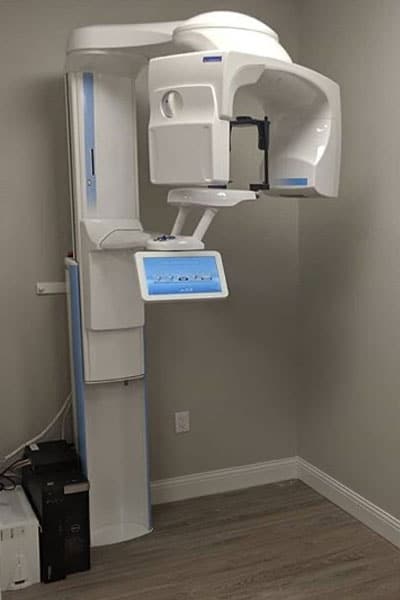
Once we have established that implants are the treatment of choice for the patient, we will begin our pre-surgical treatment planning sessions with the surgical specialist. Our office takes pride in that all our planning takes into account your safety and comfort. Typically the first step in this process involves taking a CT scan of your jaw and utilizing 3D planning software along with this scan. This step is critical. Typical x-rays taken are two dimensional in nature but we have to keep in mind that we are 3 dimensional beings and thus two dimensional x-rays do not provide the accuracy we are striving for. Our office utilizes state of the art Cone Beam Computed Tomography (CBCT) to scan our patient’s jaws prior to implant surgeries. This advanced 3D technology allows us to visualize and assess significant more detail than conventional x-rays so that we can avoid important anatomical structures such as your sinus or nerves when planning for surgery. Our CBCT unit is located in our office and our implant patients can simply take a scan during their initial assessment. There is no need to go elsewhere to acquire this advanced imaging and the entire process takes less than 2 minutes with minimal radiation.
The data from these CT scans is then shared with the surgical specialist and used to precisely plan our patient’s surgery in the following manner:
- Accurately interpret the volume and depth of jaw bone present in an effort to decide if sufficient jawbone is present or additional bone grafting procedures will be required or beneficial for you prior to the placement of the implant, including Sinus implications
- Map out the positions of adjacent roots of teeth as well as critical anatomy such as nerves
- Create virtual 3D models of patient’s jaws, soft tissue and teeth. We can then take these models and place into them virtual implants based on accurate manufacture sizes, makes and models as if we are doing the surgery virtually ahead of time. This virtual surgery allows us to plan exactly what size, position, depth and angulation your implant should be.
At Gold Coast Smiles we utilize all the technology at our disposal not only to maximize patient safety but to also design the proper bite and reduce the risk of misaligned or poorly placed implants that can result in less desirable outcomes.
Guided Surgery
Once we have personalized your implant treatment plan and decided on the position of the implants, the surgical specialists we work with will use surgical guides on as many procedures as possible to help ensure that every implant is placed exactly how we want it and as planned. The guided surgical technique results in a more minimally invasive surgery, possible faster recovery time and a better more precise final restoration for the implant.
Temporization & Final Restoration
Once your implants have been placed in the bone and your surgery has been completed, over the course of the next 4-8 months (depending on the complexity of the case), the implant fixture will attach, or osseointegrate, into the surrounding bone and tissue mimicking the natural function of a healthy tooth root. During this time if necessary we will provide you with a temporary restoration of teeth while you are waiting for healing to take place. Again, as with all of our procedures, extensive pre-planning takes place with our temporary restorations and they are fabricated utilizing the same lab that will be fabricating the final prosthesis. These temporaries function as a blueprint towards the fabrication of your final permanent restoration later on. They allow us to better determine and evaluate the final outcome while giving us an opportunity to correct any minor esthetic of functional discrepancies that may arise while wearing the temporary prosthesis and before the final prosthesis is made.
Finally, the time has come to place the permanent restoration. The fabrication of your implant restoration will take place in a lab and as in all previous steps, will be custom tailored to you. Once the custom crafted restoration is completed by our skilled lab, it will be placed in your mouth. You can eat, smile and function normally the minute you walk out of the office with your new teeth.
All before/after photos pictured here are actual cases of Dr. Sami's.
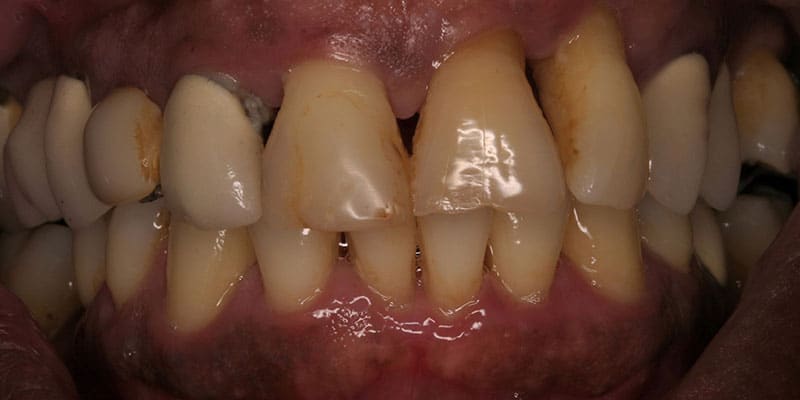
Before Implants
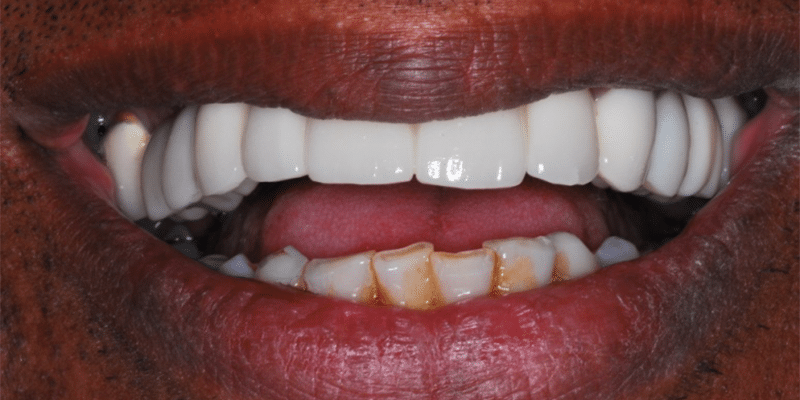
After Implants
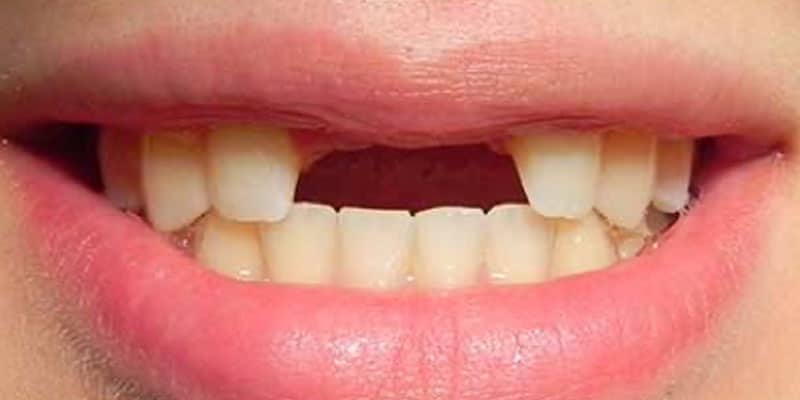
Before Implants
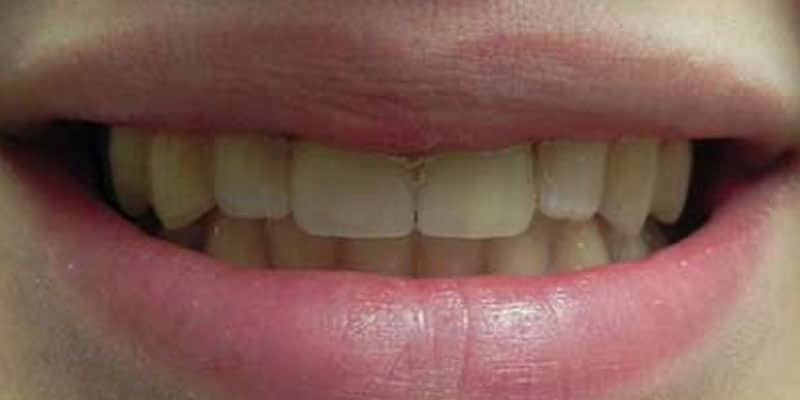
After Implants
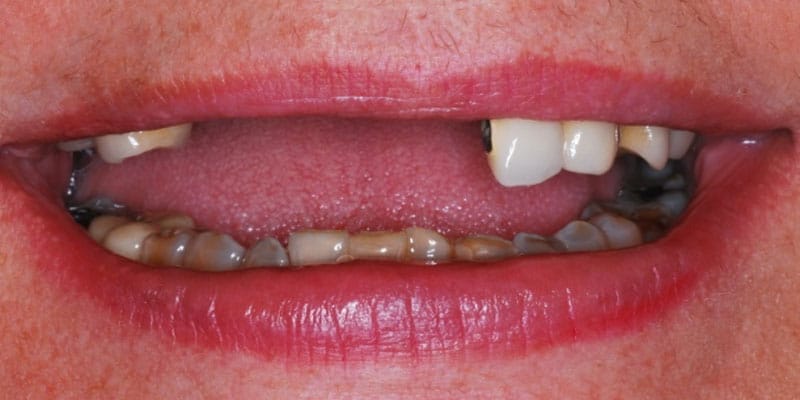
Before Implants
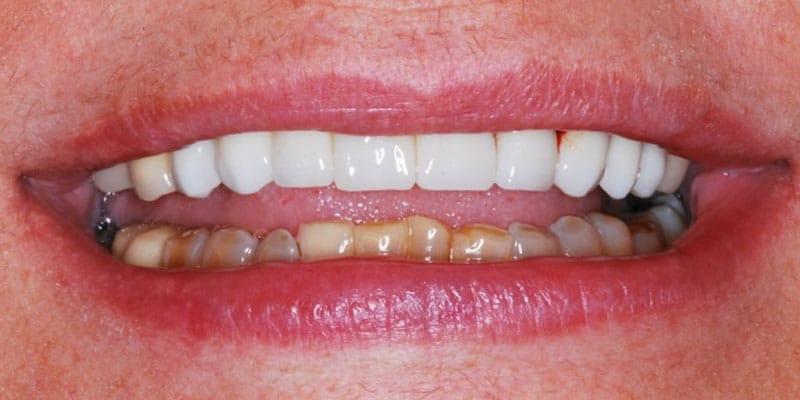
After Implants
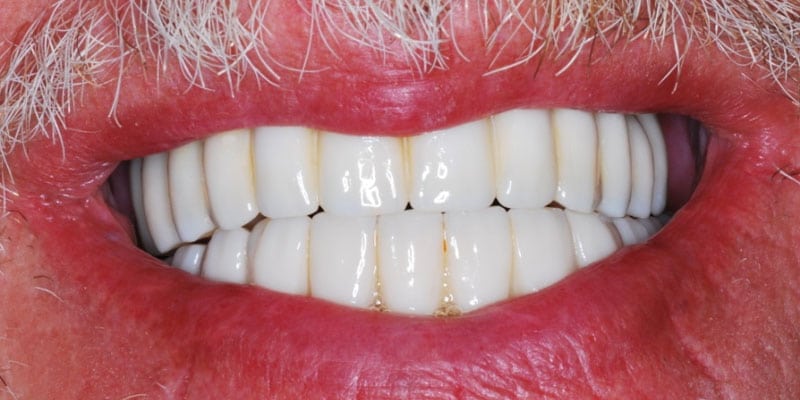
After Treatment
Dental Implants FAQ
Who is a good candidate for dental implants?
If you are healthy enough to undergo a tooth extraction, you are likely a suitable candidate for dental implants. Almost anyone in general good health who is missing either a single tooth, multiple teeth or even all their teeth are candidates for dental implants. Setting up a consultation with Dr. Andrew Sami is the next step in determining if dental implant treatment is right for you.
What is the success rate of dental implants?
As with any medical or dental treatment on the human body, the success rate will vary from individual to individual. The good news is, for the average individual in general good health, decades of research has shown that dental implants hold a very high and predictable overall success rate ranging between 90-97%.
How much do implants cost in Glen Cove, Long Island?
There is no hiding the fact that dental implants can be quite an investment. Several factors influence the cost of a dental implant including specific patient needs and bone availability. In the hands of experienced clinicians, the average cost for a single implant including the restoration can range from $4500-$7000. To learn more about the cost of dental implants and how to pay for them click on "Link" or call our office at (516) 676-0250 and one of our business team members will be happy to schedule a consultation for you.
Will my insurance pay for my dental implants?
This will vary based on each individual's specific insurance plan. Generally, there is limited dental insurance coverage when it comes to dental implants. However, it has been our experience that more insurance companies have realized the benefits of implants and more of these companies are now covering dental implant procedures than previous years. In many cases your insurance can help pay for your dental implant treatment and our business team can help assist in contacting your insurance company and maximizing your dental insurance benefits.
Do dental implant procedures hurt?
Although the placement of dental implants involves two procedures, one of which is a minor surgery, the dental implant process itself is overall painless. The surgical portion of your treatment can be comfortably completed with conventional methods of local anesthesia but a variety of intravenous sedation options are also available. Procedures will seem both pleasant and brief when effective local and IV anesthesia is chosen. Dental implant recovery is also generally pain free except for some expected soreness after surgery. Depending on the complexity of your case, discomfort will likely be minimal and many of our patients are able to report back to work the next day or at most 2 or 3 days later with minimal restrictions on eating. Our patients are often surprised at how simple, quick and painless the procedure is. Keep in mind that healing time will vary by patient.
How long does implant treatment take?
The average treatment times for implants can range anywhere from 4 to 10 months. Treatment depends on the complexity of each case, ranging from immediate replacement of a tooth at the time of extraction or longer periods of time when additional bone grafting therapies are first required. The vast majority of the time involved to complete implant treatment is taken up just waiting for the bone to completely fuse with the implant. This does not involve any visits to the dental office or any other treatment outside of the initial implant surgery and occurs below the gum without any feeling or awareness on the patient's part.
How do dental implants help me if I already have full dentures but can't upgrade to a more permanent implant solution?
Actually, one of the more popular usages of dental implants is for patients who use full dentures, particularly lower full dentures. Dental implants can be used to provide superior retention and support for removable full dentures by allowing the denture to literally snap into them. Therefore, the removable denture does not move and we can eliminate the need for denture adhesives and glues.
Can dentures be converted into implants?
While you cannot convert or "make dentures into implants," many of our patients have made the decision to have implants placed in their mouths and get rid of their removable dentures entirely. Essentially, they have made the decision to switch from removable dentures to a more permanent solution via dental implants. Many options are available for those individuals who are seeking to upgrade from their existing removable dentures to a more secure solution. If you are currently wearing dentures and are considering switching to a more permanent solution with dental implants, our experiences and professional team would be happy to schedule you an appointment to go over your options and determine if this a possibility for you. Please contact our office to discuss your options or schedule an appointment today.
Will I be without teeth during the dental implant process?
Our patients never go without replacement teeth at any point of treatment. A temporary prosthesis will either be made and ready prior to your surgery or If your teeth were already missing and you are currently wearing a denture you may continue to utilize your denture until your implants are ready for use.
Are there any downsides or risks to dental implants?
As with any other surgical procedure, dental implant surgeries contain the risk of possible infection, injury to the surrounding tissue including nerves or possible rejection of the implant. We go to great lengths and measures through our extensive pre-planning protocols to ensure that these potential negative outcomes are greatly reduced if not entirely eliminated. As a result our patients at Gold Coast Smiles are able to enjoy safe, high quality care in a predictable manner.


